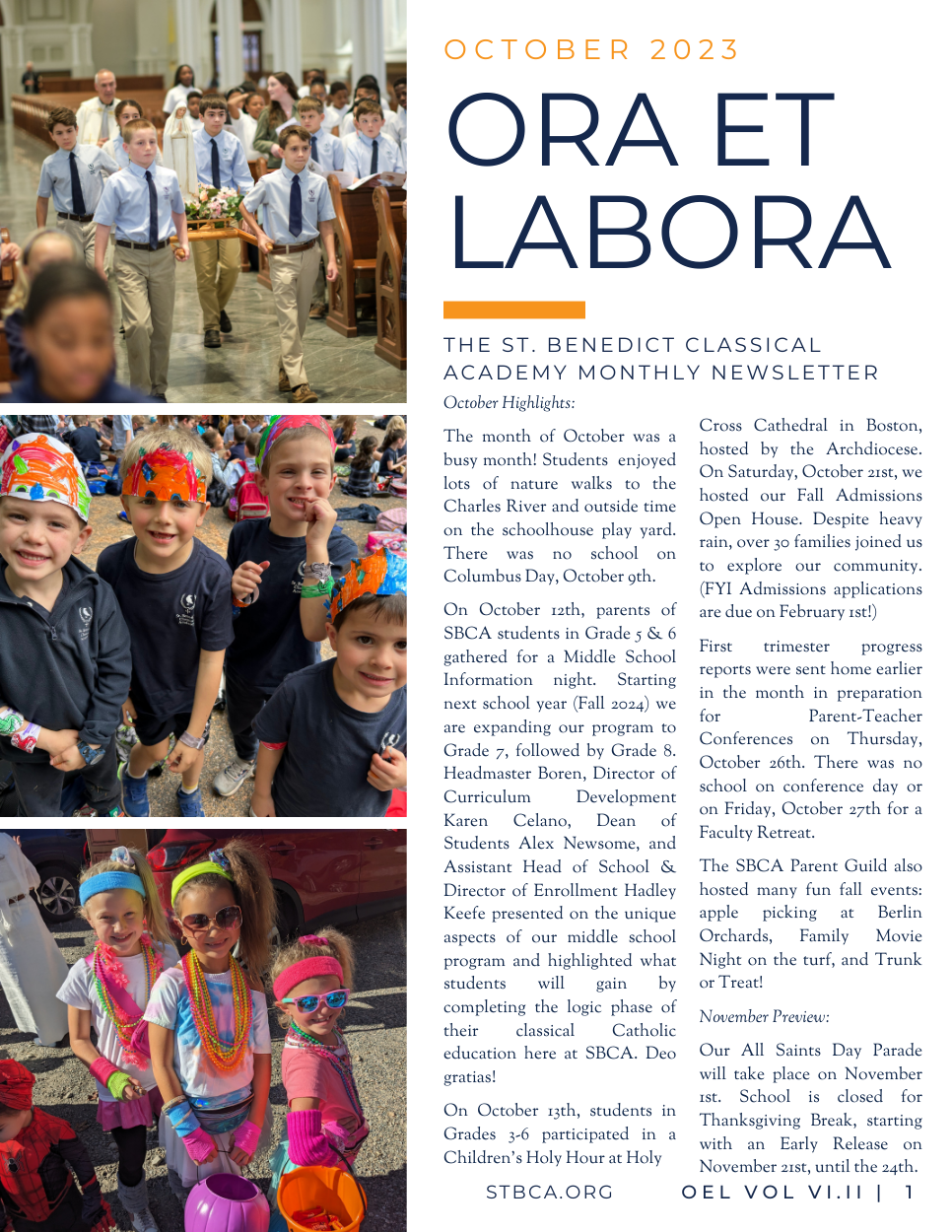Earlier this month I had the joy of witnessing 25 second grade students receive Jesus in the Holy Eucharist for the first time. After a year of eagerly preparing for the Sacrament in prayer and study both at home and school, it was an absolutely beautiful moment.
Our entire year of religion class culminates in the Holy Sacrifice of the Mass. Throughout the year we follow the story of God’s people from Adam and Eve’s original sin to the long period of waiting for a savior. We learn about Mary’s “yes” to God leading up to Jesus’ birth, life, and ministry. All of this was in preparation for the passion, death, and resurrection of Our Lord, where Jesus Christ – the Son of God – offered Himself as a sacrifice for our sins and paved the way to heaven.
We learn that God transcends space and time in the moment of the Mass. At the words of the Consecration, or “the miracle” as many of my students affectionately call it, the moments in time between the institution of the Mass at the Last Supper, the Passion of Christ on Good Friday, and all present, past, and future Holy Masses converge. The priest, elevating the bread and wine for us all to adore, is holding the body of Christ. The same body that Jesus held at the Last Supper when he took the bread, said the blessing, broke it, and said, “This is my body, which will be given for you; do this in memory of me” (Luke 22:19). The same body that hung dead, nailed to a cross in payment for our sins. The same body that the priest elevated under the appearance of a small, thin piece of bread at the Holy Mass yesterday and the same body to be elevated tomorrow. In those words of Consecration, all of these moments become one. They are one.
It truly is a miracle. And it is one of the most beautiful miracles we will probably ever be privileged to witness.
One of the many mysteries of our Catholic faith is the Holy Eucharist. When we learn about the Eucharist, I teach my students that the word “Transubstantiation” literally means “changing substance” (trans meaning changing and substantia meaning substance). The substance of the bread changes to the body of Christ, even though its properties remain the same. It still looks like bread, tastes like bread, smells like bread, and feels like bread. But it is no longer bread. Its substance, its essence, has transformed into Christ Himself. It is Jesus.
It is a miracle.
It is beautifully fitting for our second grade students that our school’s virtue of the month in May is humility. Our class recently memorized St. Therese’s Eucharistic Poem, which meditates on the Sacrifice of the Holy Mass. In one stanza she writes:
Heaven, O supreme mystery!
Hides itself under humble bread;
For Heaven is Jesus Himself,
Coming to us each morning.
What greater act of humility is there than for the Son of God Himself to take on the properties of bread and wine? Not only did God become man, but he hides in bread. Bread! It is truly incredible. And it makes sense why we call the Eucharist the “source and summit of the Christian life.” It’s the most important thing. It’s Jesus Himself.
Preparing students to receive the Sacrament of Eucharist has blessed me with the opportunity to continuously re-remember and re-meditate on the miracle that takes place. Since it is not a miracle we physically see and experience, it is so easy to forget what is happening when the priest holds up the bread and speaks those words. It is easy to become numb to the miracle. The Veil Removed has a breathtaking video of the Mass, and I eagerly invite you to watch it as you prepare to next receive Jesus in the Eucharist. I pray that we all come to the Mass like my second grade students, with eyes and hearts wide open for the miracle.
AUTHOR: Gabrielle Morris, Grade 2 Teacher








